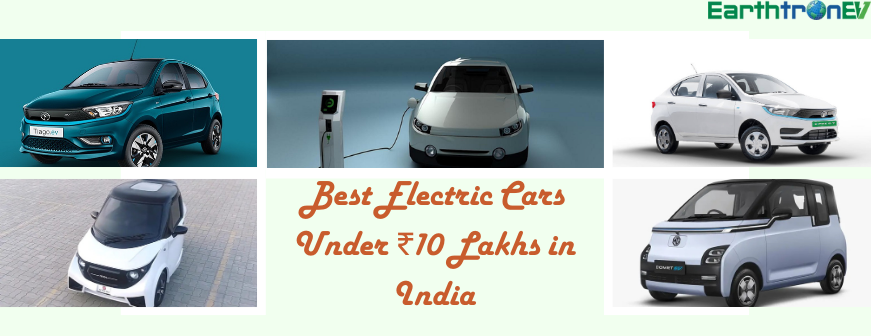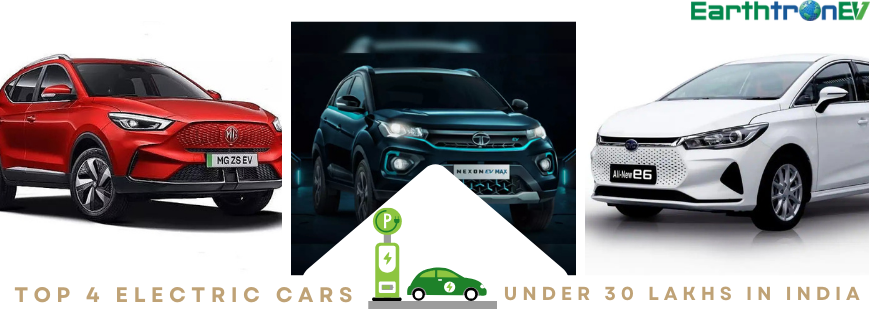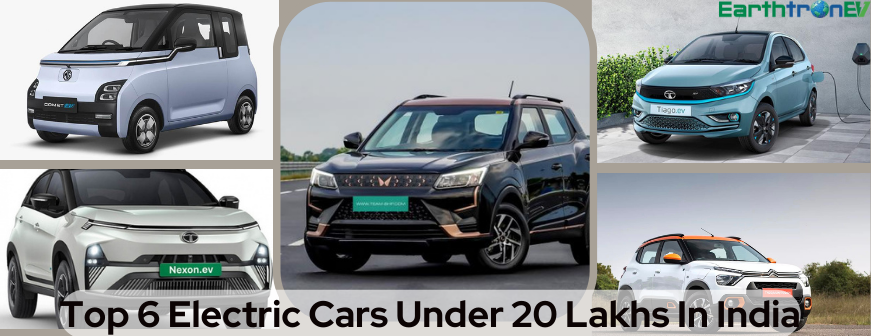Electric mobility and EV battery production are on the rise
With the continuous growth of electric mobility, demand for electric vehicles (EVs) and EV batteries is surging. This raises the question of how battery makers can meet this increasing demand, and what materials they even need to manufacture.
Our article explores the materials used for EV batteries, how they are manufactured, and what the growing supply and demand gap means for EV batteries in the future.
How are EV batteries made?
EV batteries come – quite literally – in many different shapes and sizes. From the form of the cells to their chemistry, EV manufacturers have a number of battery options to choose from. Understanding the different types of physical cell structures is important before diving into the materials batteries are made from.
Different types of EV batteries
Electric vehicles use three types of battery cells: cylindrical, prismatic, and pouch cells. Coin cells are also available, but they have only been used in research and development and have never been used commercially.
1. Cylindrical cells
Like your typical household AA or AAA alkaline batteries, cylindrical cells are self-contained within a cylindrical casing that makes them resistant to mechanical shock.
It is because cylindrical cells have been used for so long that they are cost-effective and easy to manufacture, however, their power output is somewhat limited, so EVs with smaller batteries often use prismatic or pouch cells instead.
2. Prismatic cells
Unlike cylindrical cells, which are relatively small (about the size of an AA battery), prismatic cells can be up to 100 times larger. A prismatic cell can store more energy and deliver more power, while also managing heat better than a cylindrical cell because the casing is made of less material.
In the coming years, these cells may take over a significant share of the market despite being less popular than cylindrical cells.
3. Pouch cells
Pouch cells are encased in a soft plastic casing, making them very space-efficient. However, due to their fragile casing, there is usually a need for additional protection to avoid mechanical damage.
For EV batteries, what materials are most commonly used?
In addition to their format, EV battery cells also differ in their chemistry, that is, the materials they use to store electricity.
The lithium-ion (Li-ion) battery is the most widely used battery chemistry due to its low cost and ability to store high energy.
Early electric vehicles used nickel manganese cobalt (NMC) and nickel metal hydride (Ni-MH) batteries due to their affordability, long life, and relatively high capacity.
As one of the oldest types of batteries used in cars, lead-acid batteries were – and still are – used in gas-powered vehicles decades before they were even used in EVs. Unlike other EV battery types, lead-acid cells are easily repaired and replaced by car mechanics and generally require very little maintenance. In spite of this, they cannot store nearly as much energy as other cell types, making them unsuitable for powering larger EVs.
Lithium-ion batteries are made of what?
It’s no surprise that lithium-ion batteries contain lithium. But have you ever wondered what other materials are needed to make a lithium-ion battery? Creating a lithium-ion battery requires many layers. Li-ion batteries have a positively charged cathode, a negatively charged anode, and an electrolyte that separates them from one another. Graphite is commonly used as the anode, while lithium, nickel, cobalt, and cobalt are used as cathodes.
A steel or aluminum casing holds the battery pack together and protects it from mechanical damage.
What are the components of a battery? How does it work?
Let’s take a closer look at the main features of an EV battery, beyond the raw materials that make up its cells.
An array of battery modules
This technical term refers to the power-storing components of a battery. The cells, which were mentioned previously, are grouped into modules, each containing a specific number of cells that are connected together as a module array. As a result of connecting these modules, a full-sized battery pack (what is commonly referred to as an EV battery) is formed.
System for managing batteries
An EV’s battery management system (BMS) is perhaps the most fundamental part of its battery. The BMS controls every aspect of the battery and ensures it performs optimally. For instance, it will monitor and regulate each cell’s charge level, decide which cells to charge or discharge, and keep track of the battery pack’s temperature. If any aspect of the battery’s operation gets outside of normal values, the BMS can automatically adjust energy use to protect the battery pack and, if needed, alert the driver.
Cooling system for batteries
EV batteries produce a lot of heat with use, just like your phone’s or laptop’s battery does. Because of their scale, the battery cooling system is responsible for dissipating it. Usually, this consists of a sealed coolant that can carry the heat away from battery cells and dissipate it in the air.
Battery Protection Case
Last but not least, the battery needs a physical structure to hold everything together. This is the role of the battery protection case. Although the product’s function may seem simple, its engineering is much more complex than it appears, as it must ensure that it is airtight, waterproof, flame-resistant, and shock-resistant.
Who manufactures them?
Given that EV battery production is both resource and capital-intensive, most of the world’s output of this product is held by a small group of companies. CATL (Contemporary Amperex Technology Co. Limited) is the leading manufacturer, with approximately 34% of the total market share. This is largely due to the fact that China holds 70% of cathode production capacity, 85% of anode capacity, and more than half of the raw mineral supplies necessary for battery creation.
LG Energy Solution holds 14% of the market share, while Honda announced recently that it would invest Rs 4.4 billion in a battery manufacturing plant in the US that will begin production around 2025. The third largest manufacturer in the world is BYD, a Chinese company with a 12% market share. It is also an EV manufacturer, which means it can meet most of its own needs for batteries.
The rest of the EV battery market is composed of the US, Japan, and Korea, which are responsible for 7, 11, and 14 percent of the world’s EV battery production, respectively. It is clear from the above that China dominates the EV battery market. In spite of efforts by the US and EU to develop domestic production, China will likely remain the leading supplier of electric vehicle batteries until 2030 at least.






